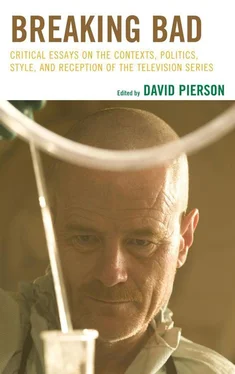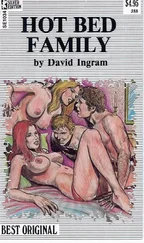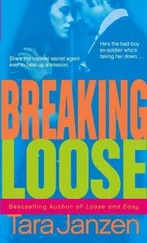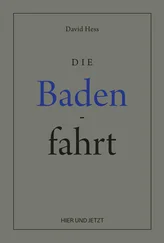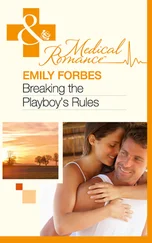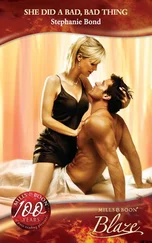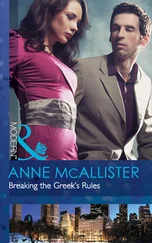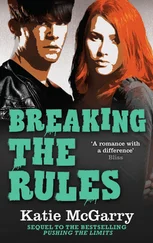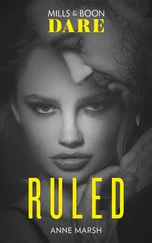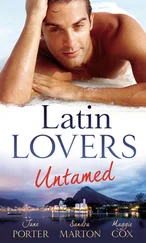In the end, this approach on the part of certain cable networks should be seen as part of a broader mutation in American television today, and especially in light of the rise and popularity of reality shows. Faced with the major networks’ style of programming, which increasingly tends towards programming that is inexpensive to produce with broad appeal to a mass audience, the “It’s not TV” strategy of HBO and other networks intent on producing original quality programming is a strategy which benefits in addition from the growth in platforms for disseminating their products, in particular the growth in the DVD market where boxed-set series compete head-on with feature films. The particular aesthetic of Breaking Bad , its commitment to a second-degree aesthetic and the way in which it bases part of its spectatorial contract on a meta-discursive register are all parts of the battle to achieve artistic legitimacy in the eyes of a growing audience through an appeal to cinephiles. It should be noted that our analysis, which has been deliberately limited to the aesthetic and formal aspects of the series, could easily be extended to other types of televisual content. In fact it appears that Breaking Bad ’s story and characters provide another advantage, in this case symbolic, to its viewers. As François Jost (2011) mentions in the short volume he has recently devoted to American TV series, “through the expert hero, the average viewer gets his revenge on the institutions which rule over him” (60). Indeed, there is no other explanation for the countless contemporary series ( House , The Sopranos , Mad Men , The Mentalist , Lie to Me , 24 ) featuring an “expert” with special knowledge—which may be obscure or even esoteric—that is used against official power (or despite it, which boils down to the same thing in the end). Against a system deemed abusive or not transparent enough, against institutional reason, which is synonymous with death (literally or figuratively), an individual tries to recover his or her full identity. This is certainly the case of Walter H. White, an upstanding man if ever there was one, whom the system has crushed, brought to the brink of an unjust death (from lung cancer, when he doesn’t even smoke) and to whom crime offers a final chance to live. In the end, the fictional protagonist is not that different from some regular Joe or Jane on a reality show transformed into the star of the day in that they both offer a mirage where we can act out our seemingly unshakable desire to escape the anonymity we suffer more distressfully each day.
Ames, Melissa. Time in Television Narrative: Exploring Temporality in Twenty-First Century Programming. Jackson, MS: University Press of Mississippi, 2012.
Barnard, Timothy. “Translator’s Notes.” In Andre Bazin’s What is Cinema? Montreal: Caboose, 2009. 251-312.
Barthes, Roland. Writing Zero-Degree . New York: Hill and Wang, 1977.
Bolter, Jay David and Richard Grusin. Remediation. Understanding New Media . Cambridge: MIT Press, 1999.
Bourdieu, Pierre. “Le marché des biens symboliques,” L’année sociologique . vol. 22. (1971): 49- 126.
Browne, Nick. “Rhétorique du texte spéculaire.” Communications . 23. (1975): 202-211.
Butler, Jeremy. Television Style . Londres & New York: Routledge, 2012.
Buxton, David. “De «Bonanza» à «Miami Vice .” Formes et idéologie dans les séries télévisées . Nantes: Chlorofeuilles, 1990.
Caldwell, John Thorton. Televisuality: Style, Crisis and Authority in American Television . New Brunswick: Rutgers University Press, 1995.
Carlon, Maro. De lo cinematografico a lo televisivo. Metatelevision, lenguaje y temporalidad . Buenos Aires: La Crujia ediciones, 2006.
Dayan, Daniel. Western Graffiti. Jeux d’images et programmation du spectateur dans La Chevauchée fantastique de John Ford . Paris: Clancier-Guenaud, 1983.
Fish, Stanley. “There is No Textualist Position.” San Diego Law Review . 42:1. (2005): 1-22.
Feuer, Jane. “HBO and the Concept of Quality TV.” In Quality TV: Contemporary American Television and Beyond, edited by Janet McCabe and Kim Akass . 145-157. London, New York: I.B. Tauris, 2007.
Gaudreault, André. From Plato to Lumière: Narration and Monstration in Literature and Cinema. Toronto: University of Toronto Press, 2009.
Genette, Gérard. Palimpsests: Literature in the Second Degree. Lincoln: University of Nebraska Press, 1997.
Gilligan, Vince. “Interview with Vince Gilligan.” Hosted by Pierre Langlais. Master Class sponsored by Séries Mania . Paris, France. 16 April 2011. Interview available in French and English at Forum of Images. http://www.forumdesimages.fr/fdi/Videos/Les-Master-class-et-les-rencontres/Toutes-les-Master-class-et-les-Rencontres/Rencontre-avec-Vince-Gilligan.
Gunning, Tom. 1986. ”The Cinema of Attraction: Early Films, its Spectator and the Avant-Garde.” Wide Angle. 7: 3/4. (1986): 63-70.
Jost, François. De quoi les séries américaines sont-elles le symptôme? Paris: CNRS Éditions, 2011.
Metz, Christian. L’énonciation impersonnelle ou le site du film . Paris: Méridiens Klincksieck, 1991.
Mittell, Jason. “The Qualities of Complexity: Aesthetic Evaluation in Contemporary Television.” 2011. http://mediacommons.futureofthebook.org/content/qualiteis-complexity-aesthetic- evaluation-contemporary-television.
Perez-Gomez, Miguel. Previously on Interdisciplinary Studies on TV Series in the Third Golden Age of Television. Sevilla: Frame, 2011.
Picard, Yves. De la télé-oralité à la télé-visualité. Évolution de la fiction télévisuelle québécoise du téléroman à la sérietélé (1953-2012). Thèse de doctorat. Montréal. Université de Montréal, 2013.
———. “From Téléroman to série télévisée québécoise: The (Coming of) Golden Age of Quebec TV.” In Previously on Interdisciplinary Studies on TV Series in the Third Golden Age of Television , edited by Miguel Perez-Gomez . 181-195. Sevilla: Frame, 2011.
Tous Rovirosa, Anna. “Paleotelevisión, neotelevisión y metatelevisión en las series dramáticas estadounidenses.” Comunicar. 17:33. (2009): 175-183.
Chapter 8
UNCERTAIN BEGINNINGS: BREAKING BAD ’S EPISODIC OPENINGS
Rossend Sánchez-Baró
Breaking Bad is a series written with the classic four-act structure of American television drama. Although, in recent years, most dramas have seen how their structure have evolved from four acts to six, most one-hour shows produced by AMC channel— for example, Rubicon (2010), The Walking Dead (2010-present), The Killing (2011-2013), Hell On Wheels (2011-present)—maintain the classic four-act structure. The only exception on this point seems to be the show Mad Men , originally conceived for the premium cable network HBO [1] See Bloomer, “Why Mad Men isn’t on HBO?” on the website Paste: Signs of Life in Music, Film & Culture.
and, therefore, written without heeding commercial breaks. Thus far, Mad Men still remains as the only original series on AMC with neither cold opens nor an act structure. This classic structure that AMC imposes on its productions also include an allegation of the teaser —or cold open —as the short initial segment of the episode before the first interruption of the narrative and the first act. Although some shows from the 1960s, like Star Trek (NBC, 1966-1969), have employed it, it was not until the 1990s that the teaser was popularized in commercial television as a sort of mini-act operating as a hook for the viewer.
Читать дальше
